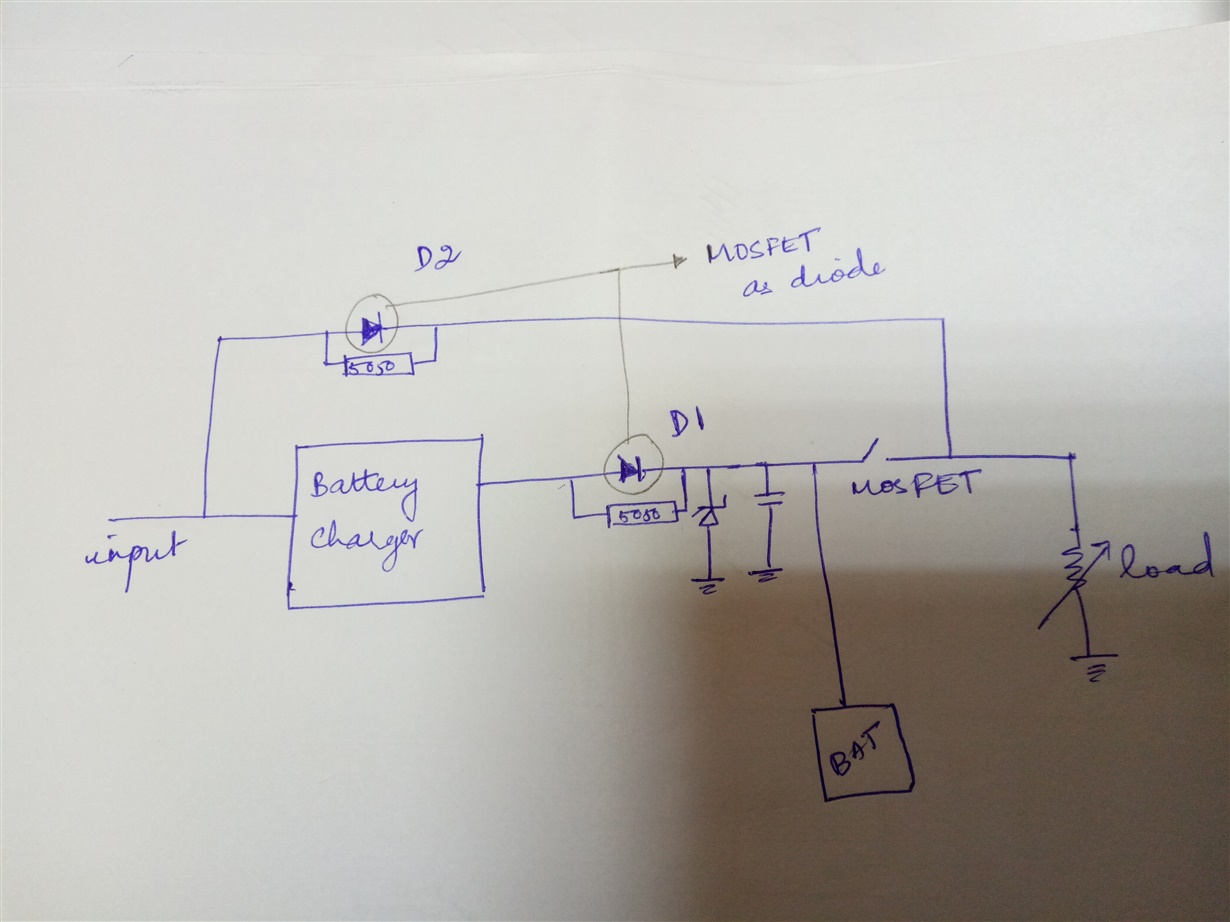Dear All,
one of our customer is using LM5050 for their Solar based application. About 55V will come from solar panel and instead of ORing diode they have used FET with LM5050. They bought some samples from TI samples store, some of the IC's are not giving gate signal to FET, if they replace one LM5050 with other it is working fine without issues. please advise source of this issue and advise how this can be debugged, need expert advise on same.
Rgds,
Aravind.



